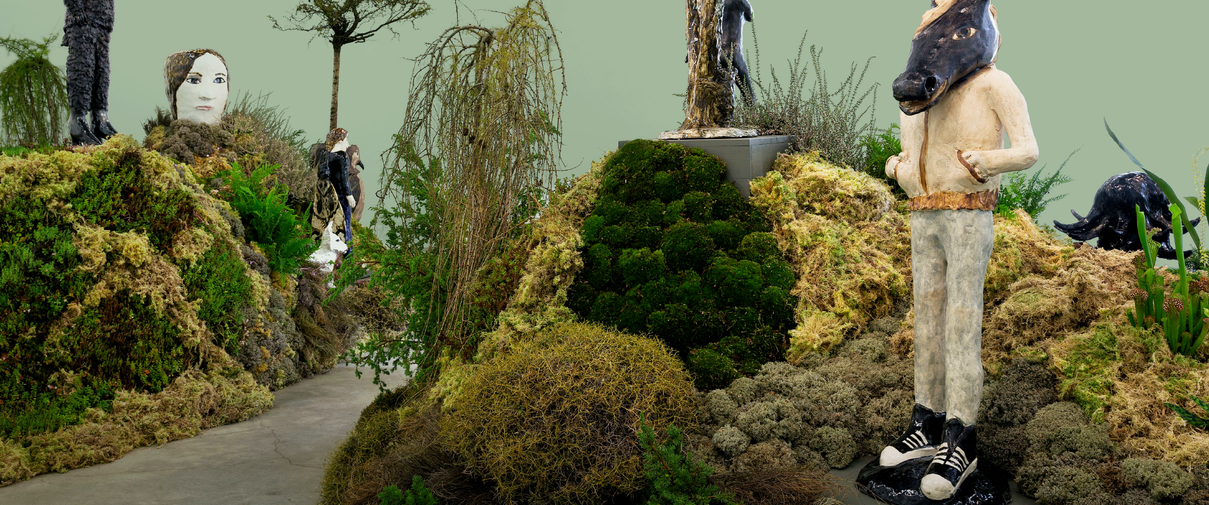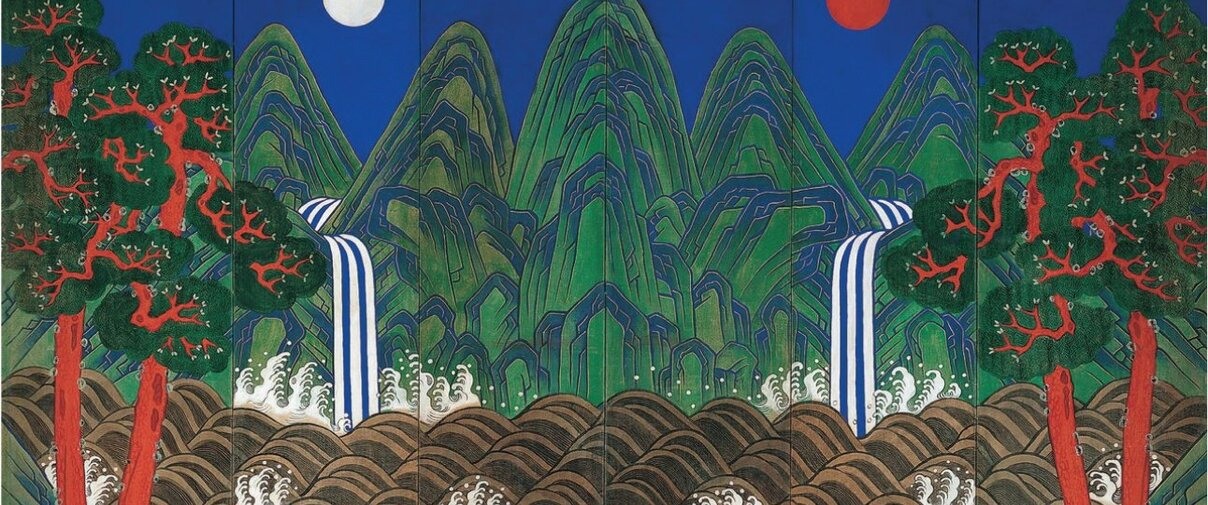Human After All: Ceramic Reflections in Contemporary Art ended this weekend. This exhibition of contemporary art in the Princessehof was scheduled to run for eleven months. Due to the COVID-19 regulations, the museum could only really open for four months, and then only to limited numbers of visitors. In total, the exhibition attracted more than 15,000 visitors in four months; almost three-quarters of the visitors from outside Leeuwarden came to the city especially for the museum. Despite all the restrictions, the Princessehof still attracted an additional 10,000 visitors to the city. According to public research, they spent an average of 110 euros each on food, drink, shopping and more. In this way, the museum still generated more than 1 million euros for the city during the difficult Corona period.
From 10 October 2020 to 5 September 2021, the National Ceramics Museum in Leeuwarden presented an exhibition of work by ten artists from all corners of the world. Objects ranged from the intriguing clay animations by the Chinese Geng Xue (1983) to the hypnotic sculptures, photos and video work of the talented Dutch artist Mariken Wessels.
All the artists’ works addressed primary human characteristics and aspects: La Condition Humaine, humankind with all its limitations, insecurities and self-confidence, beauty and cruelty. The exhibition was part of a series of leading contemporary art presentations of international stature, compiled by curator Tanya Rumpff, who retires this autumn. Rumpff’s curtain call, Human After All, was a triumph, receiving a score of no less than 8.4 from visitors.

%20Human%20After%20All%20Schooklas-16.jpg?width=1210&height=505&mode=crop&converttowebp=1)


